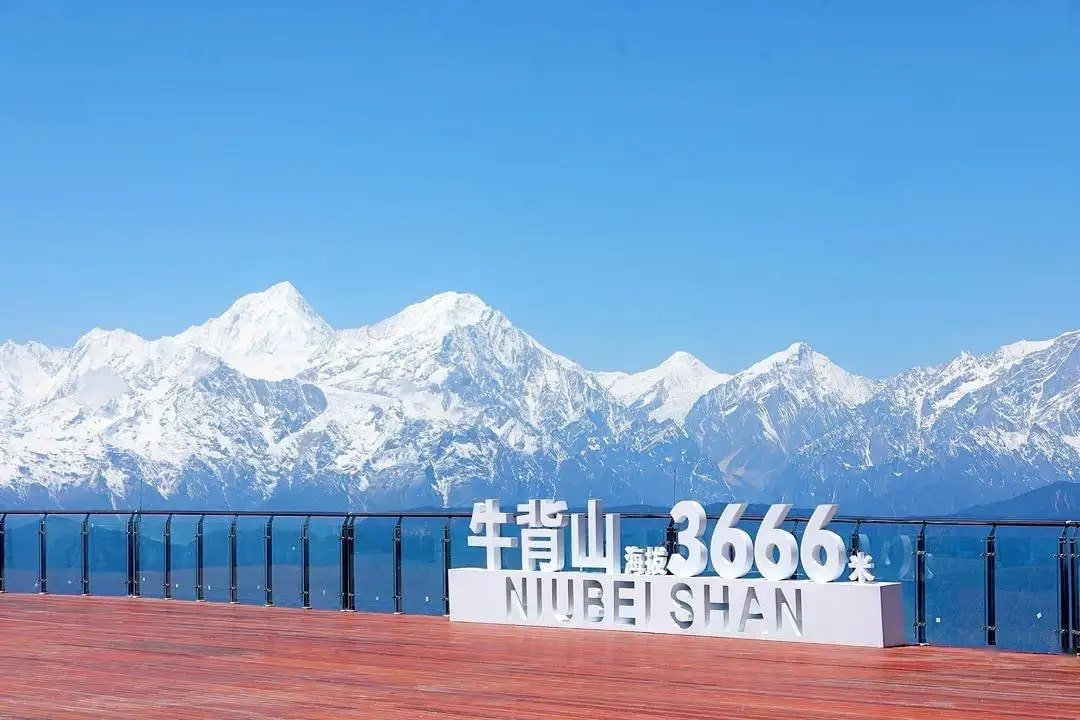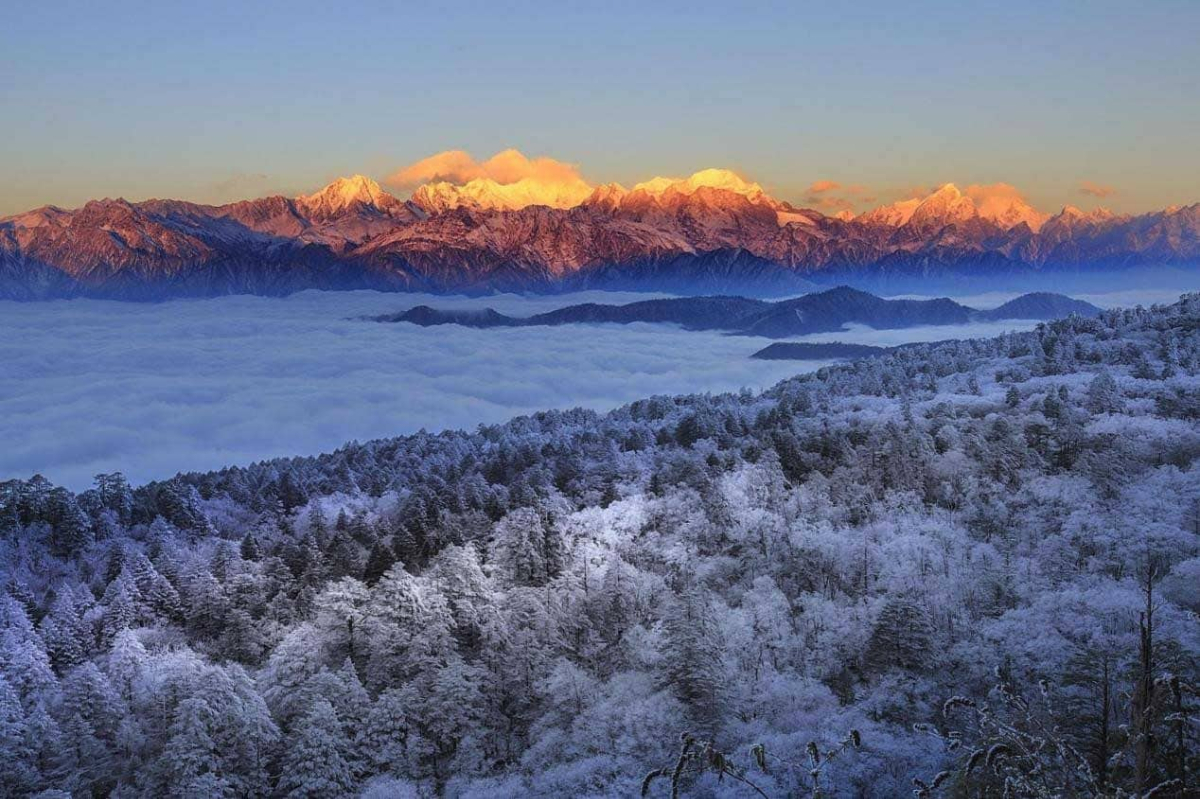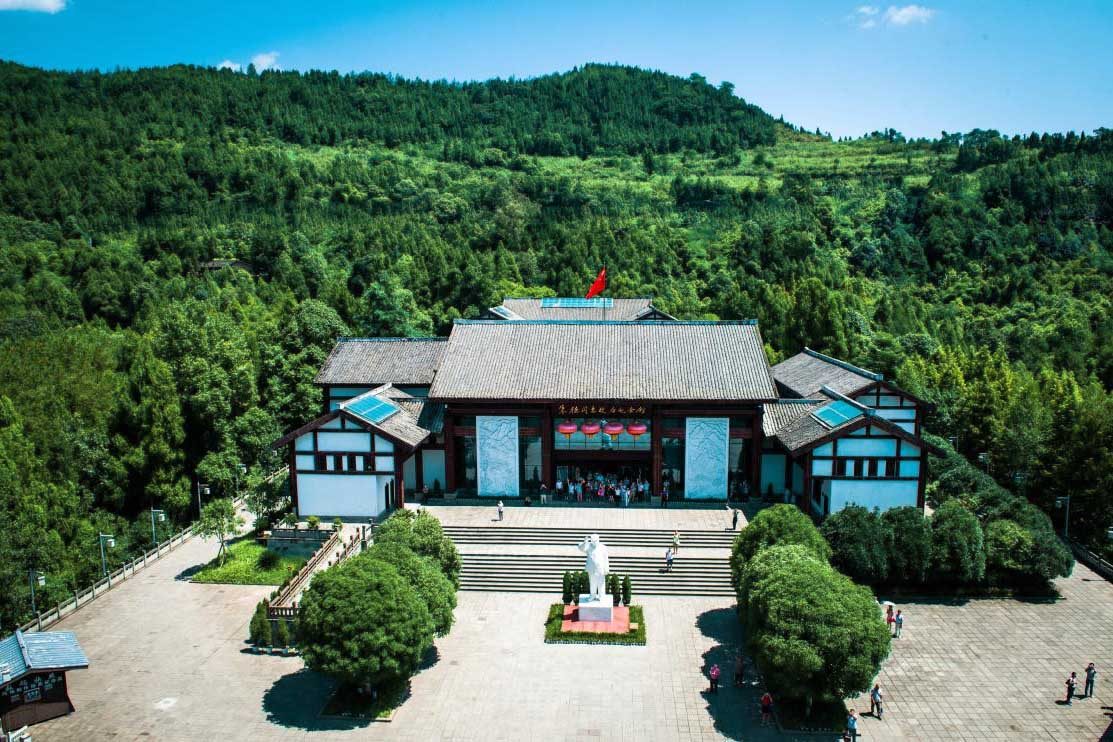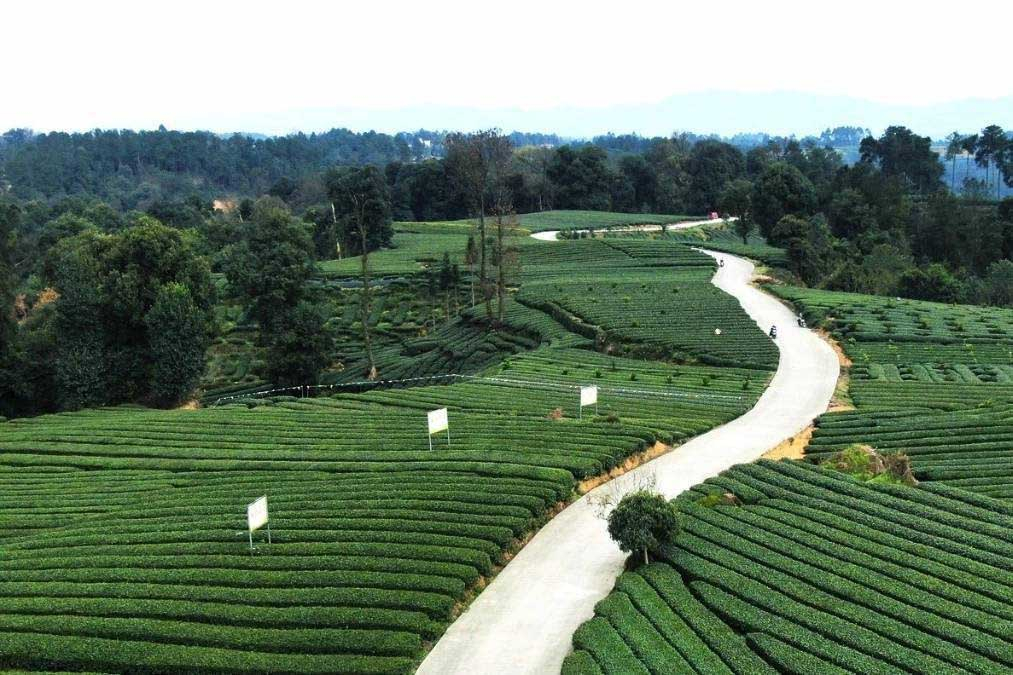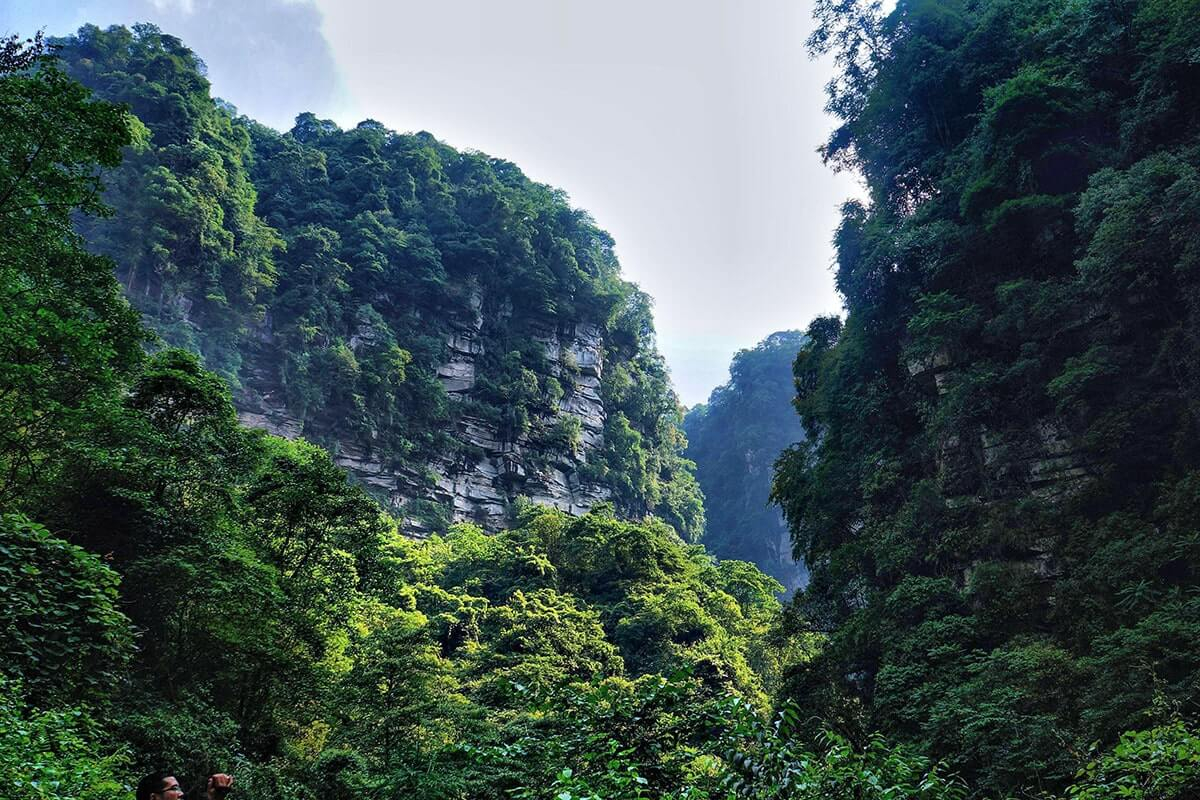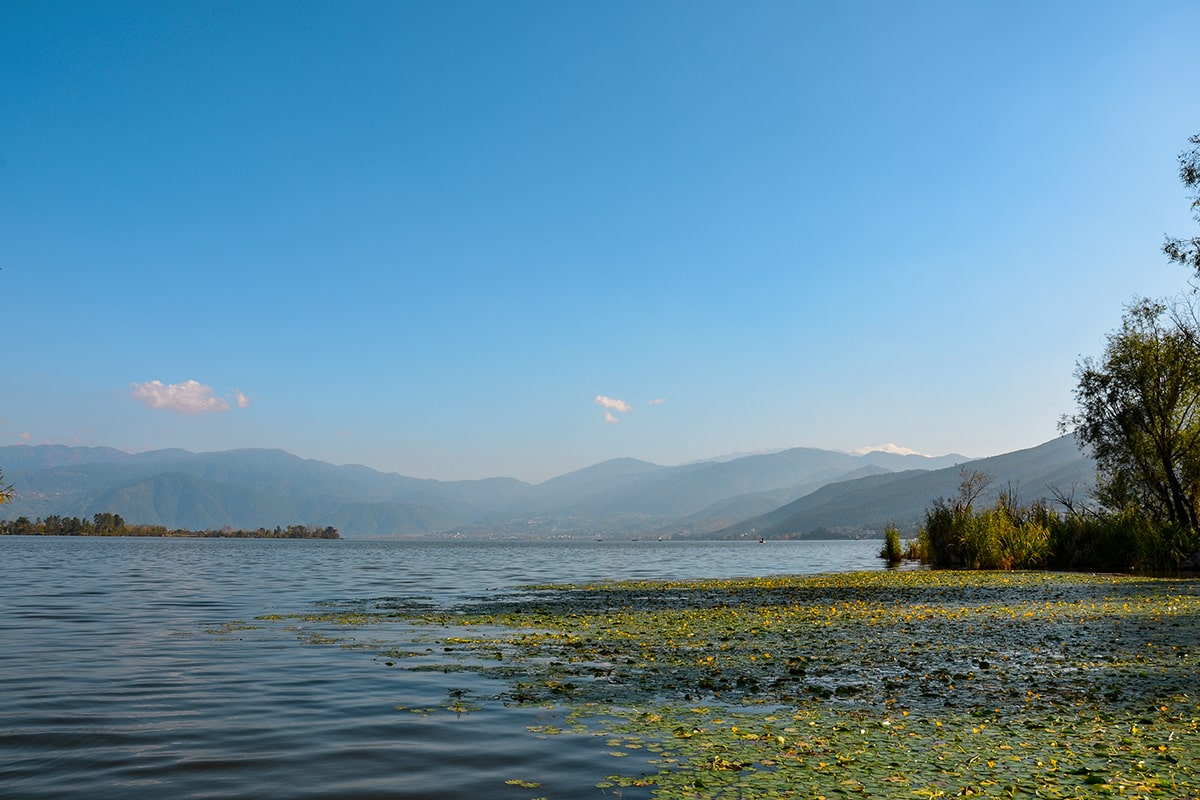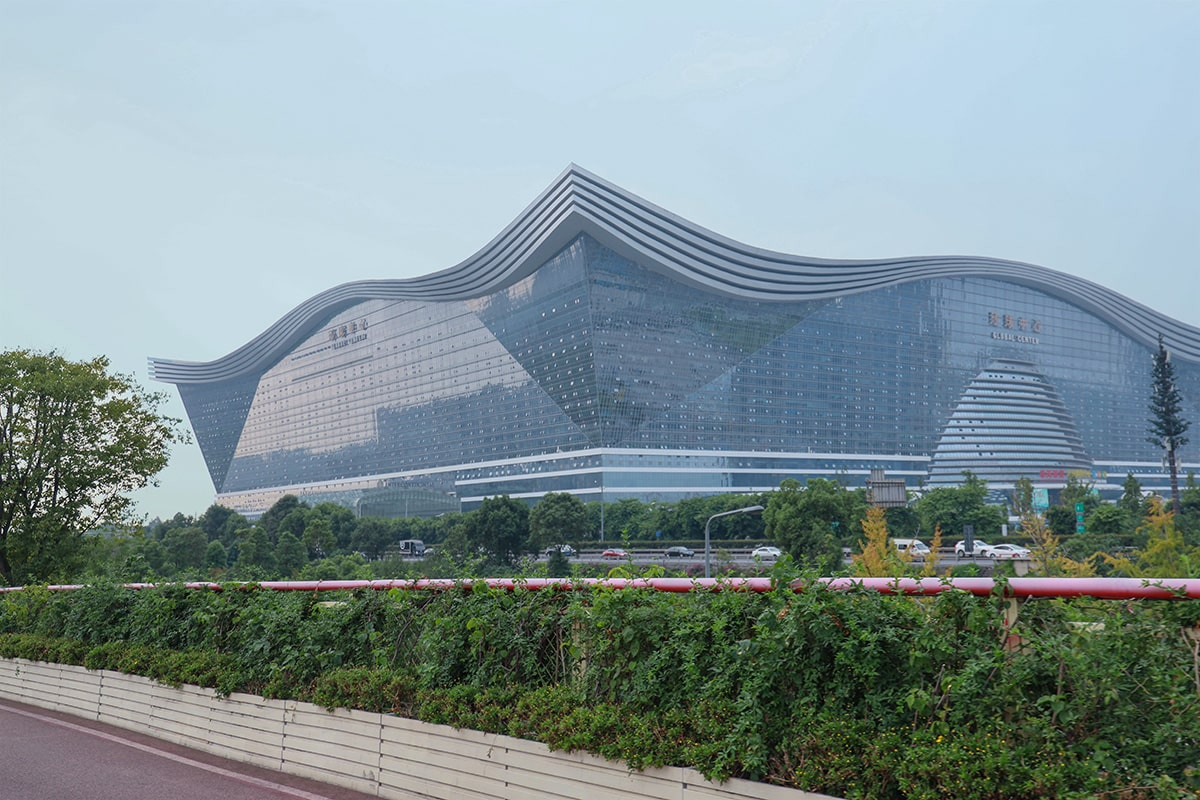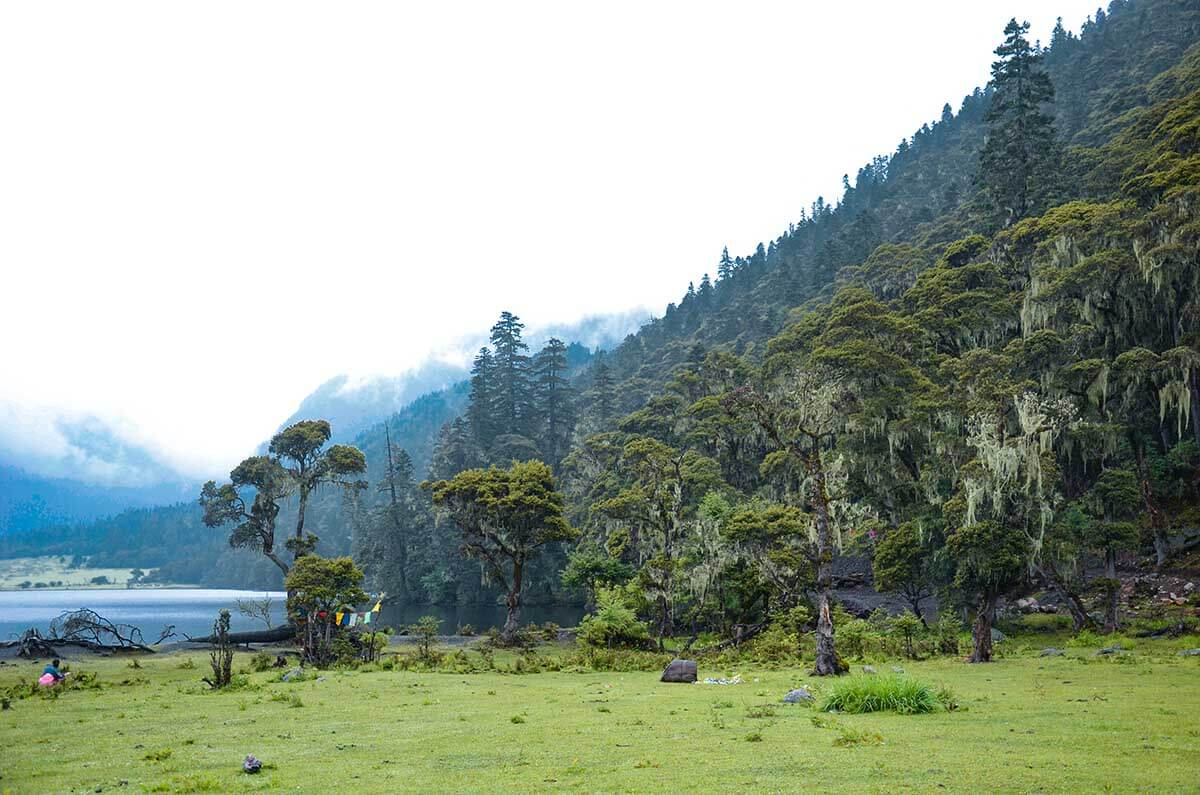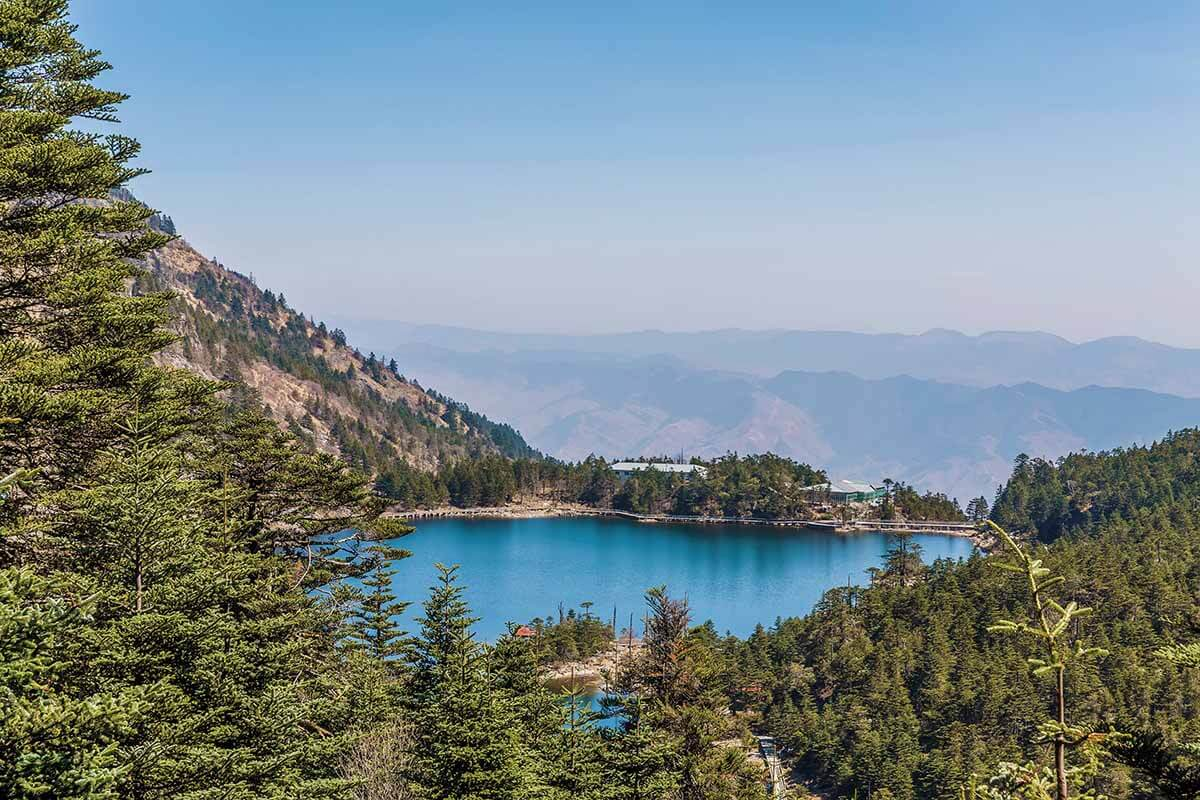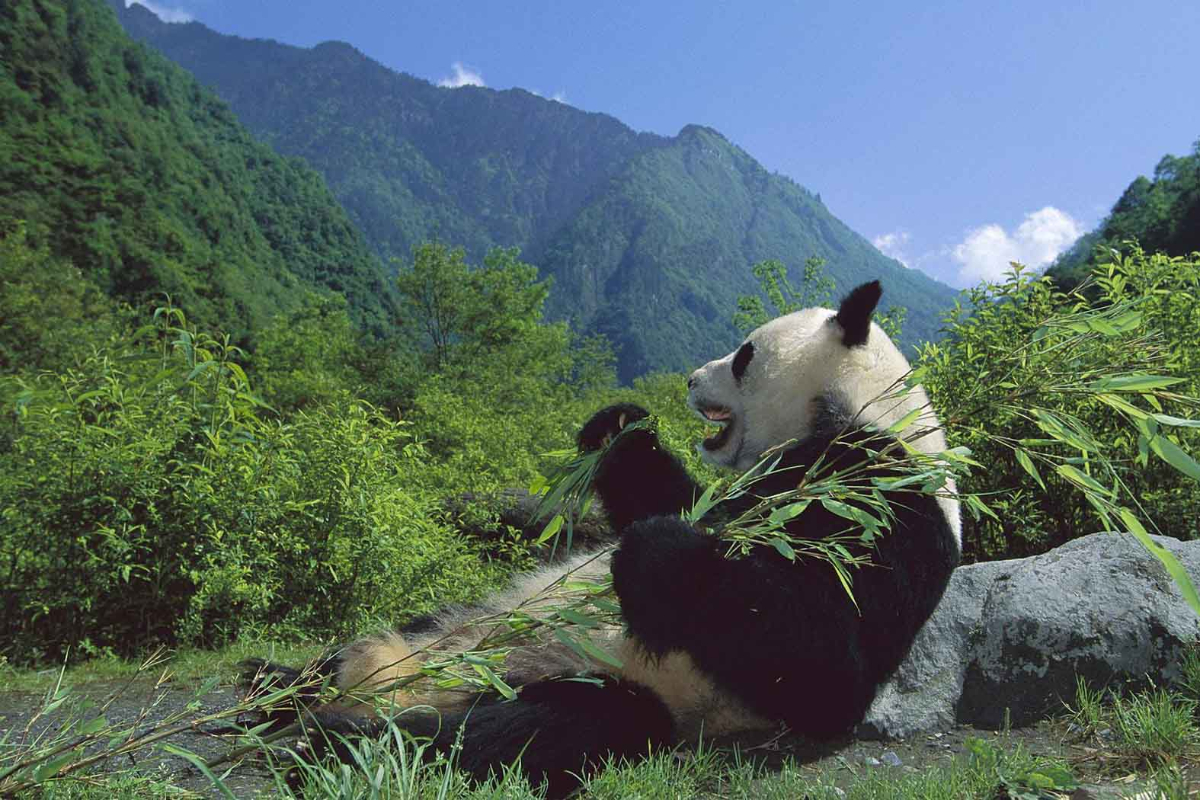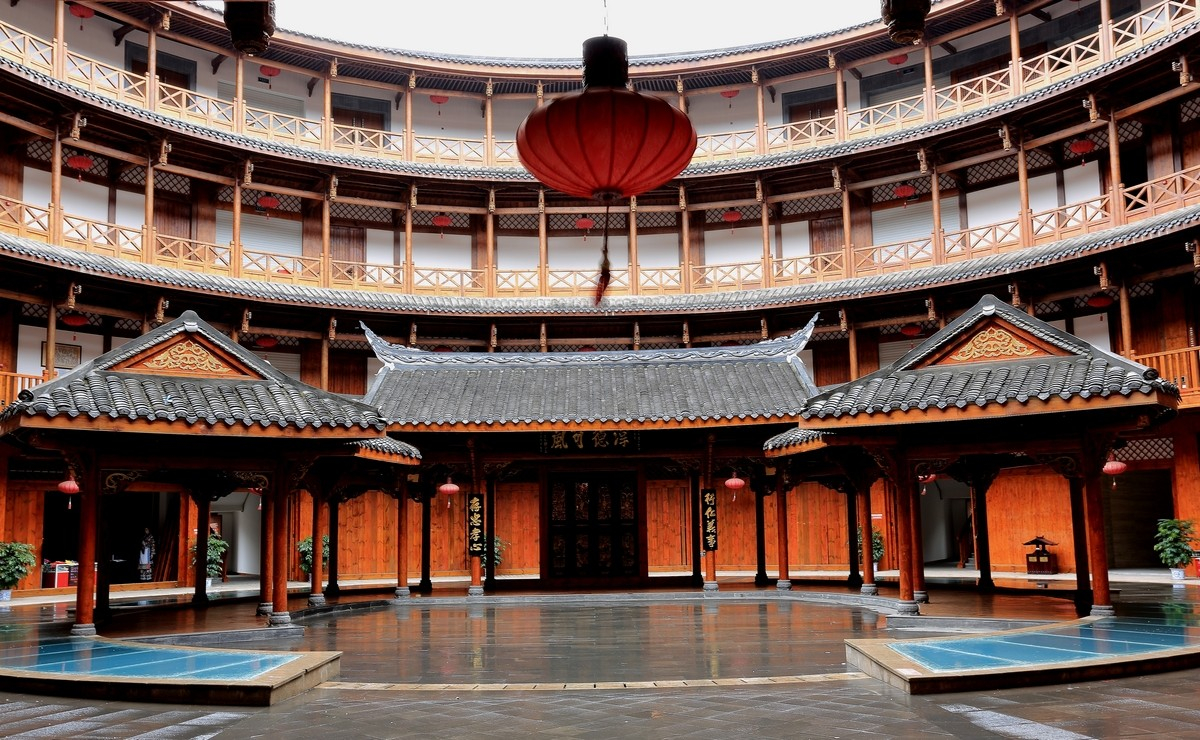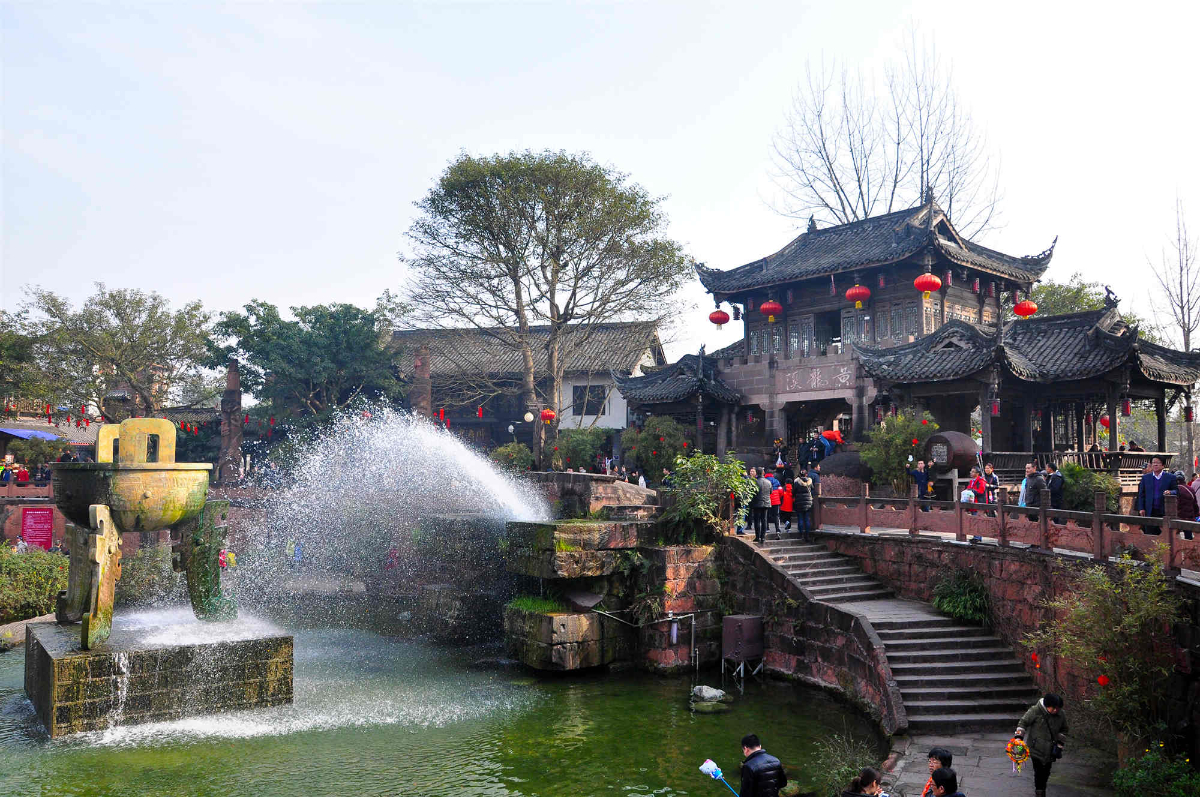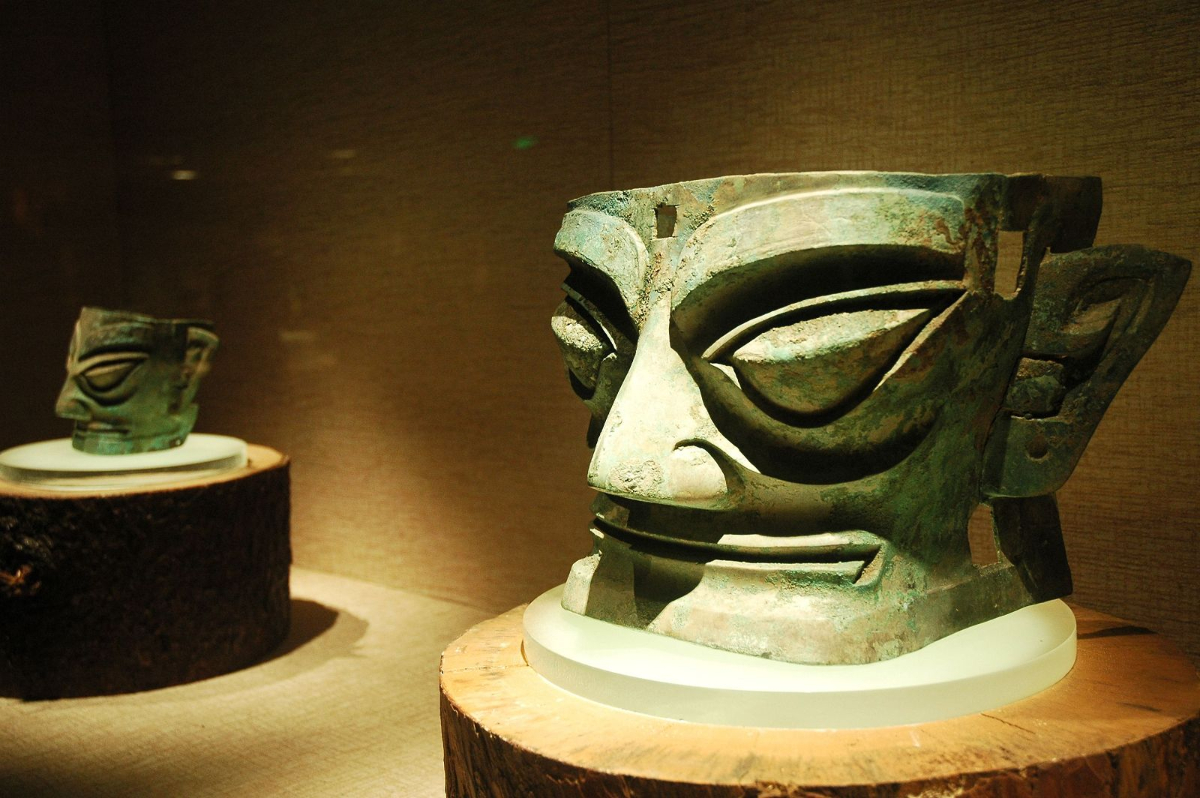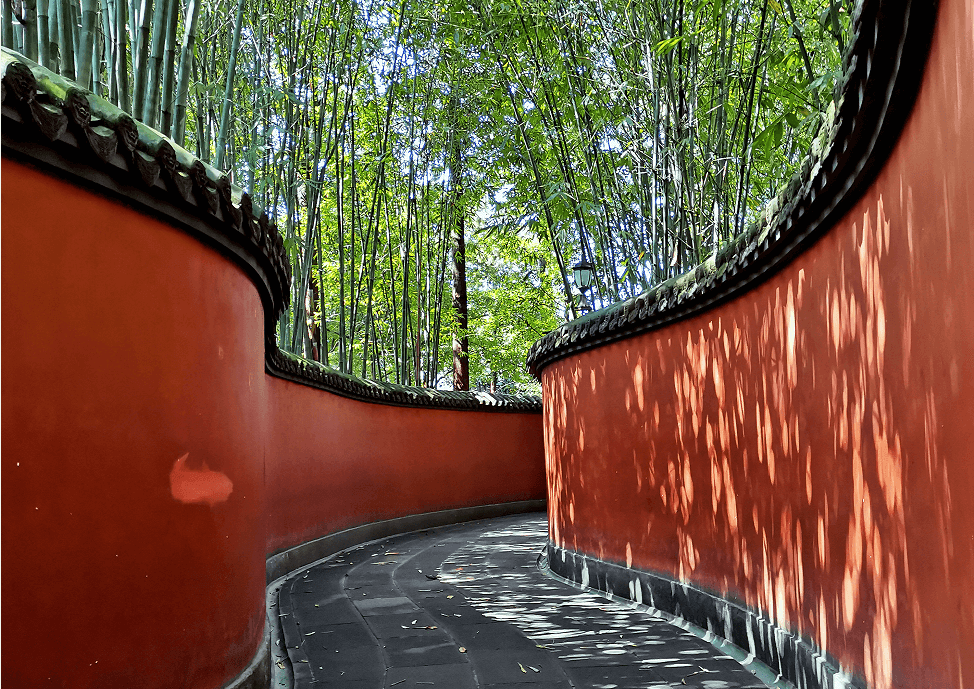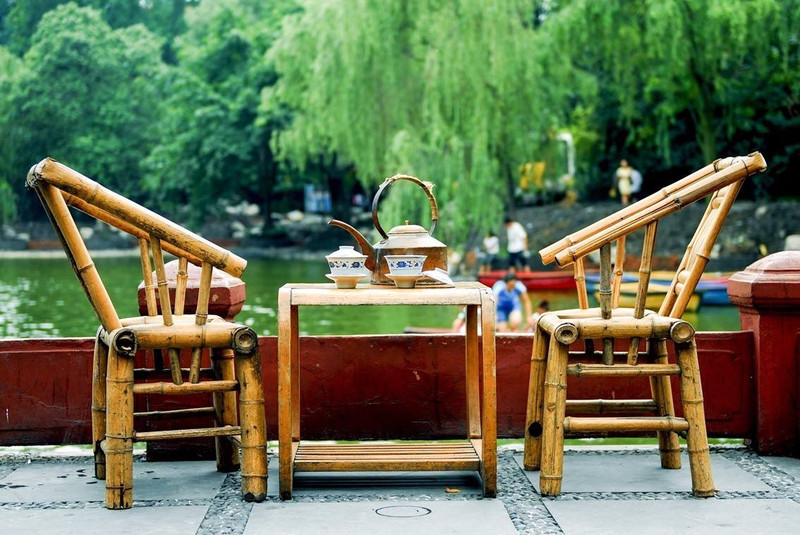Dujiangyan Irrigation System
Chinese name: 都江堰水利工程(Du Jiang Yan Shui Li Gong Cheng)
Location: Dujiangyan City, about 68km from Chengdu, Sichuan.
Ticket: Entrance ticket CNY80.00, electric cart CNY25.00
Estimated tour time: 2-3 hours
Recommended time to visit: All year round
Nearby attractions: Mount Qingcheng, Dujiangyan panda base, Jiezi ancient town, Wenchuan Earthquake Site, Jinsha Museum, etc.
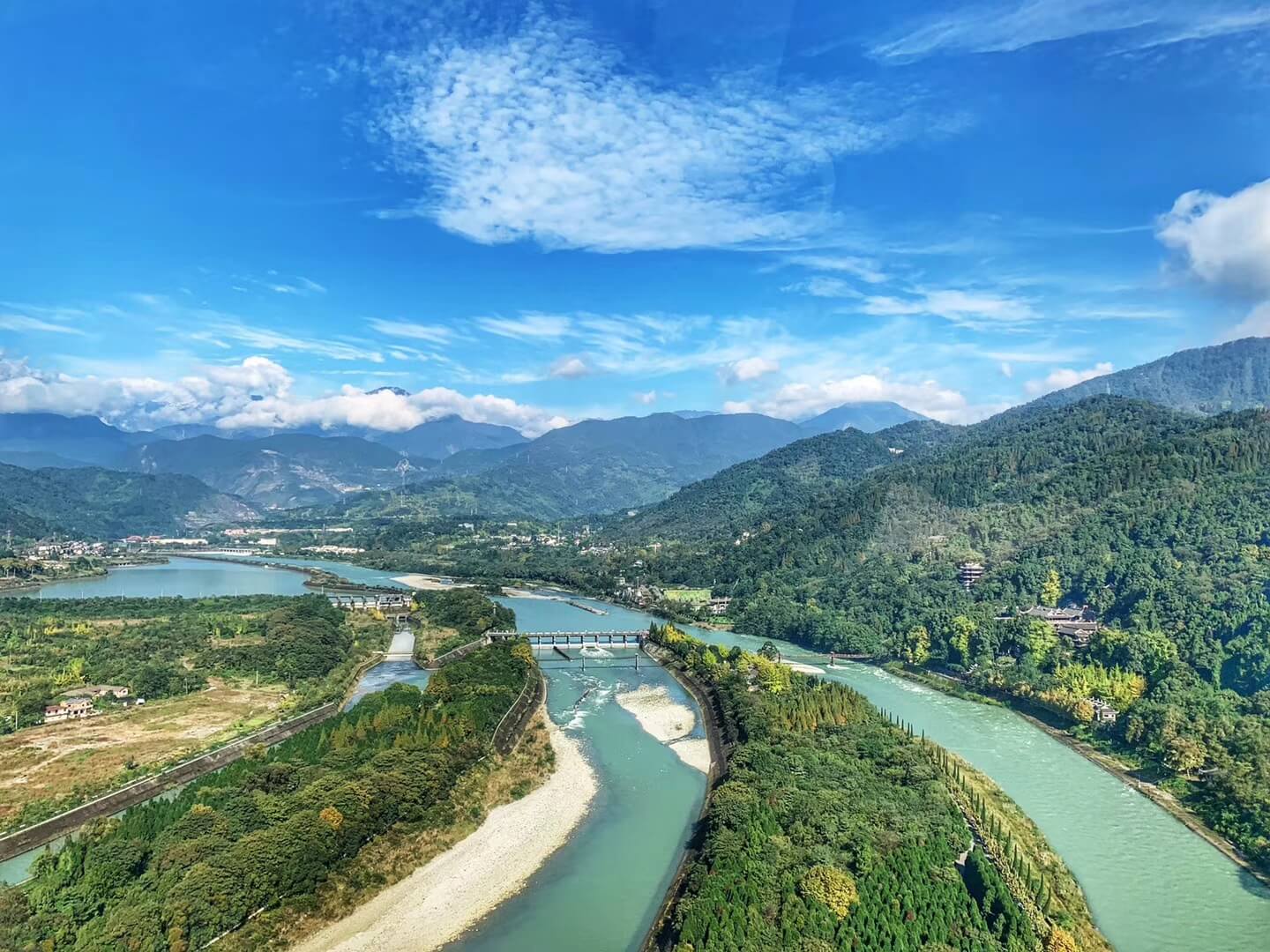
The Dujiangyan is an ancient irrigation system in Dujiangyan City, Sichuan, China. originally constructed around 256 BC by the State of Qin as an irrigation and flood control project, it is still in use today. The system's infrastructure develops on the Min River , the longest tributary of the Yangtze. The area is in the west part of the Chengdu Plain, between the Sichuan basin and the Tibetan plateau. In 2000, Dujiangyan became a UNESCO World Heritage Site. Today it has become a major tourist attraction in Sichuan.
The main constructions of the Dujiangyan system include the Yuzui Bypass Dike, the Feishayan Floodgate, and the Baopingkou Diversion Passage. Yuzui, also known as the Fish Mouth Levee, is the irrigation head, resembling a fish mouth. This portion prevents floods by dividing the river into inner and outer streams. The inner stream carries about 60% of the flow normally, but during floods, it carries 40% to protect the surrounding lands. Feishayan, or the Flying Sand Weir is a 200-meter (656 feet) wide opening, connecting the inner and outer streams. This allows a natural flow of water to drain out excess water from the inner stream. Baopingkou, or the Bottle-Neck Channel, transports water through the mountain.
● History of Dujiangyan Irrigation System
During the Warring States period, people who lived along the banks of the Min River were plagued by annual flooding. Qin governor, irrigation engineer, and hydrologist Li Bing investigated the problem and discovered that the river was swelled by fast flowing spring melt-water from the local mountains that burst the banks when it reached the slow moving and heavily silted stretch below.
One solution would have been to build a dam but Li Bing had also been charged with keeping the waterway open for military vessels to supply troops on the frontier, so instead he proposed to construct an artificial levee to redirect a portion of the river's flow and then to cut a channel through Mount Yulei to discharge the excess water upon the dry Chengdu Plain beyond.
Li Bing received 100,000 taels of silver for the project from King Zhao of Qin and set to work with a team said to number tens of thousands. The levee was constructed from long sausage-shaped baskets of woven bamboo filled with stones known as Zhulong held in place by wooden tripods known as Macha. The construction of a water-diversion levee resembling a fish's mouth took four years to complete.
Cutting the channel proved to be a far greater problem, as the tools available to Li Bing at the time, before gunpowder was invented, could not penetrate the hard rock of the mountain, so he used a combination of fire and water to heat and cool the rocks until they cracked and could be removed.After eight years of work, a 20-metre-wide (66 ft) channel had been gouged through the mountain.
After the system was finished, no more floods occurred. The irrigation made Sichuan the most productive agricultural region in China. On the east side of Dujiangyan, people built a shrine in remembrance of Li Bing.
Li Bing's construction is also credited with giving the people of the region a laid-back attitude to life;by eliminating disaster and ensuring a regular and bountiful harvest, it has left them with plenty of free time.
● Highlights of Dujiangyan Irrigation System
Li Bing's Irrigation System consists of three main constructions that work in harmony with one another to ensure against flooding and keep the fields well supplied with water:
The Yuzui or Fish Mouth Levee, named for its conical head that is said to resemble the mouth of a fish, is the key part of Li Bing's construction. It is an artificial levee that divides the water into inner and outer streams.The inner stream is deep and narrow, while the outer stream is relatively shallow but wide. This special structure ensures that the inner stream carries approximately 60% of the river's flow into the irrigation system during dry season. While during flood, this amount decreases to 40% to protect the people from flooding. The outer stream drains away the rest, flushing out much of the silt and sediment.
The Feishayan or Flying Sand Weir has a 200 m-wide opening that connects the inner and outer streams.This ensures against flooding by allowing the natural swirling flow of the water to drain out excess water from the inner to the outer stream. The swirl also drains out silt and sediment that failed to go into the outer stream. A modern reinforced concrete weir has replaced Li Bing's original weighted bamboo baskets.
The Baopingkou or Bottle-Neck Channel, which Li Bing gouged through the mountain, is the final part of the system. The channel distributes the water to the farmlands in the Chengdu Plain, whilst the narrow entrance, that gives it its name, works as a check gate, creating the whirlpool flow that carries away the excess water over Flying Sand Fence, to ensure against flooding.
- HOTEST
- RECOMMEND
